In indigenous teachings, plants, among others, are viewed as sovereign beings. The more-than-human world is composed of many people, and humans are only one small part of this democracy of species, in which the personhood of each is acknowledged. ~ Robin Kimmerer

One of the gifts I have received through wandering, is the realization this world is full of beings living interesting lives. I’m not talking about the antics of us hairless monkeys or homo sapiens, but those of the billion other existences that share this Mother world.
From the furred, to the feathered to the scaled and finned, to the exoskeleton baring, the mineral encased and the leaf and bark clad folk and more, this earth is full of beings concurrently having an experience that we call life.

Recently it seems, that science is finally catching up to age old indigenous traditions and wisdom regarding the other living beings who also dance upon this waltzing sphere. Slowly, the academic world is beginning to acknowledge and explore consciousness and sentience in non human lifeforms.
I feel like most anyone who has grown up with the furred, scaled or feathered as companions in the home, might offer a big, “no duh” to those in the academia who sometimes seem surprised to discover such facts.
But less deference and defense is, in general, given regarding the people who I call, the plant folk. That’s right, I do consider the leafed, barked and flowered to be a people all in their own right.
If you want to argue with me about it, we could have fisticuffs at dawn if you like, but first, I suggest you do some research and maybe wandering of your own.
Yes, I do fully believe these organisms have a self/collective identity, and can and do experience in a way that is not too different from us. Recent works such as “Finding the Mother Tree” by Forest Ecologist Suzanne Simard delve deep into findings regarding tree communication revealing that these beings are in fact, social, cooperative creatures that lead communal lives.
Furthermore, several recent studies and articles that discuss how plants can “see”, identify colors, feel pain and react towards other beings. You can read a few of these here and here.
In the past few years there has been a growing movement called “grounding/earthing” involving placing bare feet on grass and other such activities. And of course I am a proponent of most ideas that promote a person connecting to the plant world and to nature! But sometimes these movements, sadly, are attached to a monetary driven train that require you to buy special tools, infringe on indigenous traditions in a way that is more appropriation than appreciation, or encourage you to participate in expensive workshops in order to “learn” how to connect with nature or the plant world.

There is nothing wrong with furthering your knowledge through reading literature or taking quality courses on responsible foraging, wild-crafting etc. There are. in fact, many good books and resources out there. Some of them are free through local libraries or even on aps such as audible. I am currently reading an excellent book called “The Secret Teaching of Plants” by Stephen Harrod Buhmer. Another book I would recommend is “Braiding Sweet Grass” by Robin Wall Kimmerer.
But reading about something will only take you so far. And lucky for everyone, it is not hard to find a way to interact with the flora beings.
The best part about nature, is that nature truly doesn’t require any of these extras.
That is because nature itself, is the teacher you are looking for! Don’t believe me? Go out at give nature a go.
The only requirement is your presence and attention. Put away your phone, take out your earbuds and deeply listen. Sit with your back against a tree, lie in a summer meadow or find a boulder to perch upon to enjoy a chorus of grasses singing with the wind. You may begin with simple observation. But slowly, or maybe even quickly, I am certain you will begin to see that the flora around you is much more than scenery, or sustenance. That these beautiful beings move and create and speak with an intelligence that is as miraculous and spell binding as your own.
“That we take plant words in through our nose or our skin or our eyes or our tongue instead of our ears does not make their language less subtle, or sophisticated, or less filled with meaning. As the soul of a human being can never be understood from its chemistry or grammar, so cannot plant purpose, intelligence, or soul. Plants are much more than the sum of their parts. And they have been talking to us a long time.”
― The Lost Language of Plants: The Ecological Importance of Plant Medicine to Life on Earth
I’d love to hear your experiences with the plant folk. Please leave a comment below to share. Also, subscribe to this blog if you haven’t already, and you would like to be notified each time I post.
And as always, until next time, happy wandering!


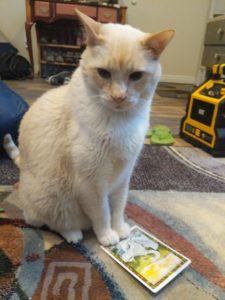
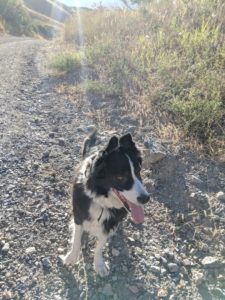

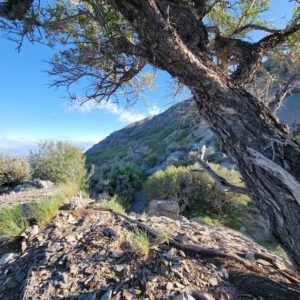






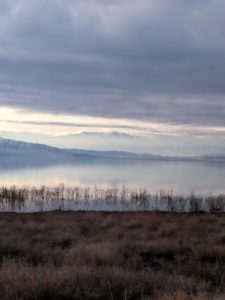





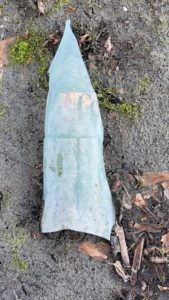
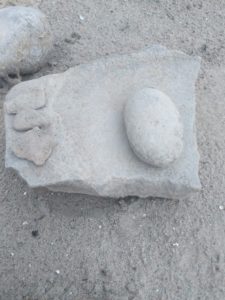
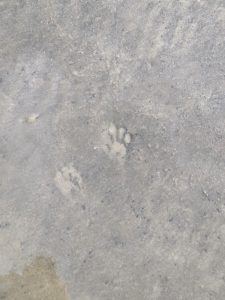
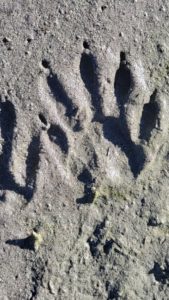

































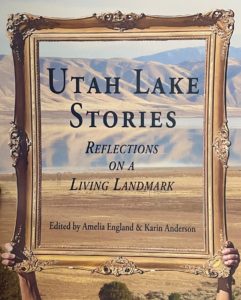 Last fall I answered a call for submissions from
Last fall I answered a call for submissions from